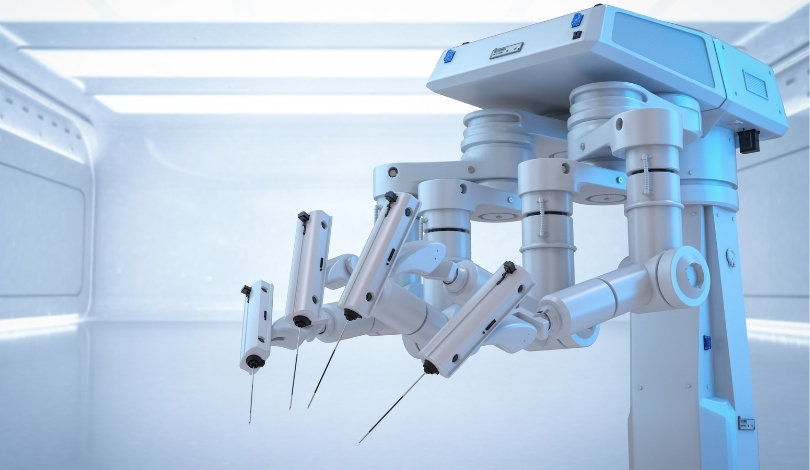Wayve, a London-based developer of embodied artificial intelligence, has unveiled PRISM-1, a 4D reconstruction model designed to improve testing and training in autonomous driving. This advanced technology was initially demonstrated in December 2023 through Wayve’s Ghost Gym neural simulator, which employs novel view synthesis to create detailed 4D scene reconstructions using only camera inputs. Ghost Gym technology replicates complex and unstructured driving environments, aiding in the development of advanced driver-assist systems and self-driving vehicles.
Enhanced Simulation Capabilities
PRISM-1 integrates seamlessly with Wayve’s Ghost Gym, providing scalable and realistic re-simulations of intricate driving scenarios. Unlike traditional methods that depend on lidar and 3D bounding boxes, PRISM-1 distinguishes itself by using advanced synthesis techniques to accurately represent moving elements such as pedestrians, cyclists, vehicles, and traffic signals. This system captures minute details, including clothing patterns, brake lights, and windshield wipers, thereby improving the realism essential for evaluating and fine-tuning autonomous driving technologies.
The model’s flexible framework allows it to identify and track changes in scene elements over time, distinguishing between static and dynamic components without needing explicit labels or bounding boxes. This ensures efficient simulation even as scene complexity increases, making PRISM-1 a scalable solution for simulating urban environments.
WayveScenes 101 Dataset
As part of its ongoing efforts to advance AI research, Wayve has released the WayveScenes 101 Benchmark. This dataset includes 101 diverse driving scenarios from the U.K. and U.S., offering a range of urban, suburban, and highway scenes under various weather and lighting conditions. The dataset aims to support the research community in developing more robust scene representation models and advancing novel view synthesis techniques.
In light of historical developments, it’s noteworthy that Wayve recently secured a $1.05 billion Series C funding round led by SoftBank Group, with significant contributions from new investor NVIDIA and existing supporter Microsoft. This funding underscores the growing interest and investment in advancing autonomous driving technologies. Since its inception, Wayve has been testing its autonomous driving system on public roads and developing foundational models for autonomy, comparable to “GPT for driving,” to enable vehicles to perceive and navigate various environments safely.
Compared to previous announcements, the introduction of PRISM-1 represents a significant step forward in Wayve’s technological advancements. Earlier models primarily focused on basic scene reconstruction, whereas PRISM-1 offers a more detailed and dynamic simulation capability. This progression highlights Wayve’s commitment to enhancing the accuracy and efficiency of autonomous driving systems.
The PRISM-1 model’s ability to accurately simulate real-world driving scenarios marks a crucial development in the field of autonomous driving. By bridging the gap between actual driving environments and simulated ones, Wayve aims to ensure that its AI models are rigorously tested and validated. The release of the WayveScenes 101 dataset further exemplifies the company’s dedication to fostering innovation and research in autonomous driving technologies.
Wayve’s advancements with PRISM-1 and the WayveScenes 101 dataset provide essential tools for the AI research community, enabling more precise and effective training of autonomous driving systems. By addressing the complexities of real-world driving scenarios, these tools help in developing safer and more reliable autonomous vehicles. Future developments in this area could lead to significant improvements in how autonomous systems are trained and validated, ultimately contributing to safer and more efficient transportation solutions.










